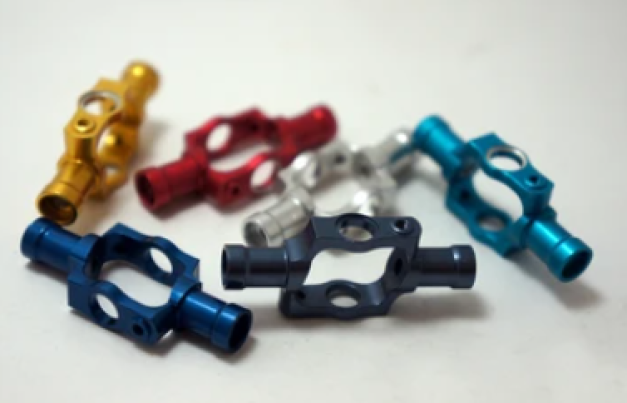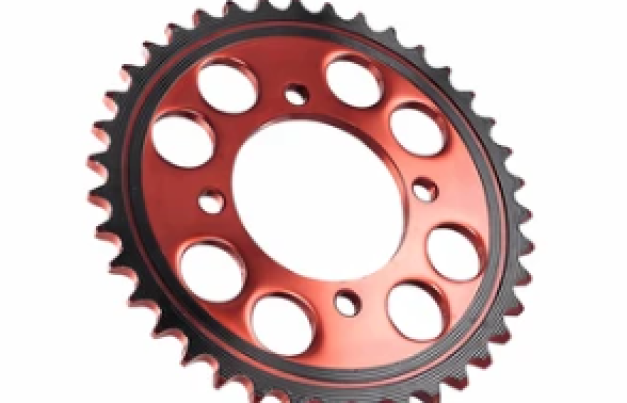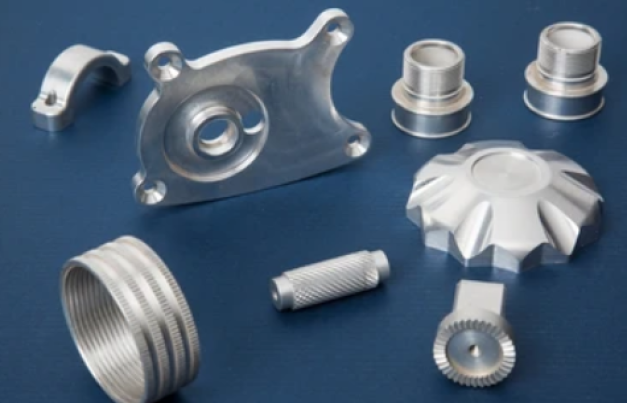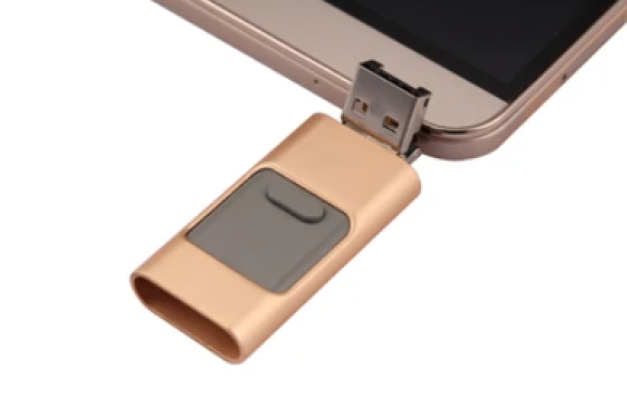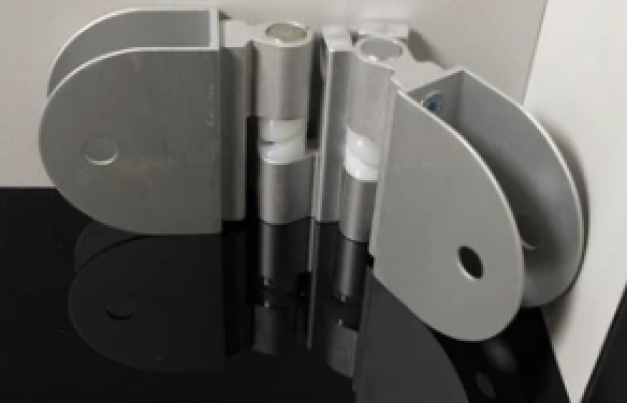O que torna a TOPS Precision a melhor empresa de usinagem CNC anodizada?
- Experiência e Precisão: A TOPS Precision utiliza serviços de usinagem CNC há muitos anos para garantir que oferecemos peças da melhor qualidade com as medidas corretas definidas pelo cliente.
- Controle de qualidade: Temos padrões transmitidos desde o momento da usinagem até a anodização das peças para que atendam aos padrões da indústria e, preferencialmente, às expectativas do cliente..
- Personalização e Flexibilidade: A anodização também pode ser feita em diversas cores e com diversos tratamentos de superfície feitos de acordo com o projeto do cliente..
- Entrega no prazo: Nossas estruturas operacionais bem organizadas e força de trabalho altamente comprometida garantem a entrega pontual de peças de qualidade para que seus prazos de entrega não sejam afetados.
- Práticas Sustentáveis: Nosso estilo ecológico desenvolvido para reduzir o desperdício na fabricação desempenha um papel importante. Ao nos escolher, você adquire a única solução que possui um desempenho extremamente alto e gera uma quantidade significativamente menor de resíduos.









